Home>Ideas and Tips>Backyard Obstacle Course Design for Family Fitness Fun
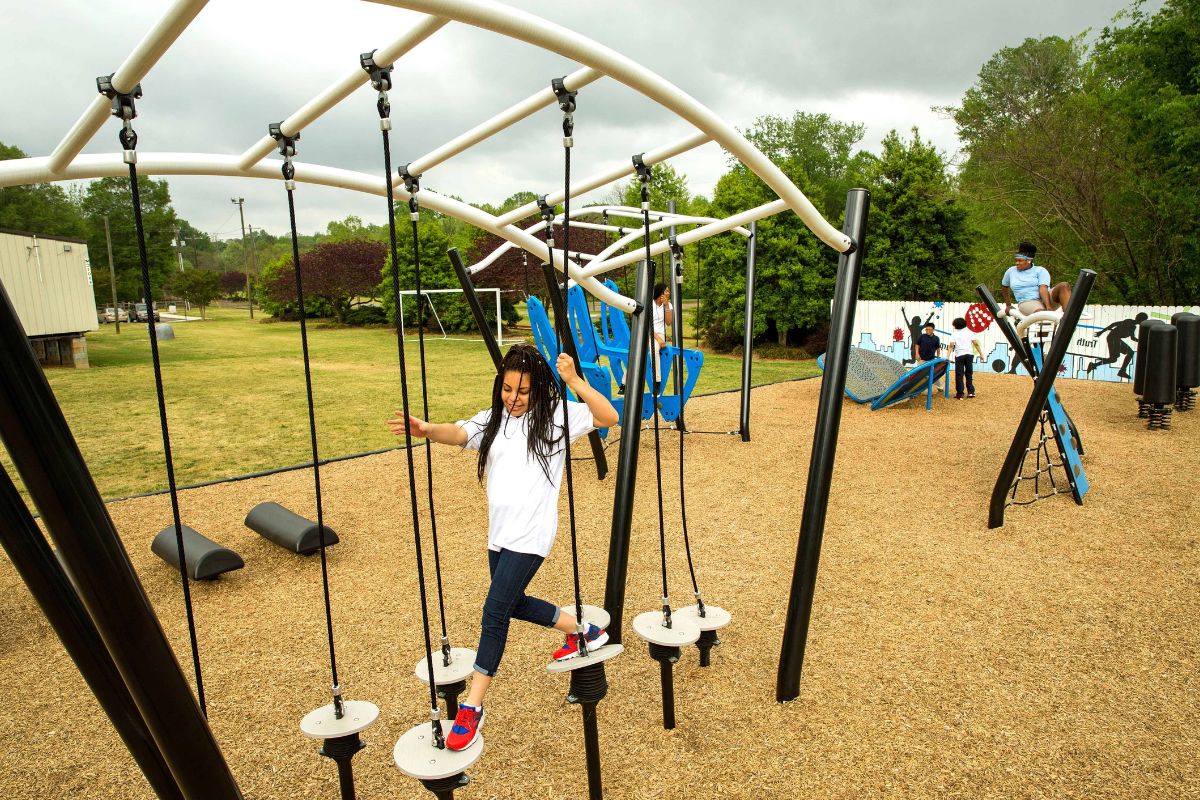

Ideas and Tips
Backyard Obstacle Course Design for Family Fitness Fun
Published: September 4, 2024
Create a backyard obstacle course for family fitness and fun! Discover tips, safety guidelines, and DIY ideas to keep everyone active and entertained.
(Many of the links in this article redirect to a specific reviewed product. Your purchase of these products through affiliate links helps to generate commission for Storables.com, at no extra cost. Learn more)
Creating a backyard obstacle course is an excellent way to promote family fitness and fun. These courses offer a dynamic and engaging way for children and adults alike to stay active, develop physical skills, and enjoy quality time together. In this article, we will delve into the process of designing and setting up a backyard obstacle course, highlighting various obstacles, safety considerations, and tips for creating an enjoyable experience for all family members.
Understanding the Basics of an Obstacle Course
Before diving into the planning and construction of your backyard obstacle course, it is essential to understand the basics of what an obstacle course entails. An obstacle course typically consists of a series of physical challenges or obstacles that participants must navigate through. These challenges can include crawling under ropes, jumping over hurdles, climbing walls, and much more. The purpose of an obstacle course is to test agility, strength, and endurance.
Obstacle courses have a long history and have been used for various purposes, including military training, team-building exercises, and competitive sports. They can range from simple backyard setups to elaborate courses with complex challenges that require strategic thinking and physical prowess to overcome.
Participants in obstacle courses often find themselves facing a mix of mental and physical challenges, requiring quick thinking, problem-solving skills, and the ability to push past physical limits. The sense of accomplishment and camaraderie that comes from completing an obstacle course can be incredibly rewarding and is a big part of why these courses have gained popularity in recent years.
Defining Your Obstacle Course Goals
When planning your backyard obstacle course, it is crucial to define your goals. Are you creating the course primarily for your children’s enjoyment, or do you have fitness ambitions in mind? Clarifying your goals will help you determine the level of difficulty and specific obstacles that you want to include in your course.
For example, if you are aiming to create a course for younger children, you might focus on simpler obstacles such as crawling through tunnels or jumping over small hurdles. On the other hand, if you are targeting older kids or adults, you could include more challenging elements like rope climbs or balance beams.
Safety Considerations for Your Course
While an obstacle course can be a thrilling experience, safety should always be a top priority. Make sure to create a safe environment by considering factors such as age appropriateness, ground conditions, and the use of protective gear. Here are some key safety considerations:
-
Age Appropriateness: Ensure that the obstacles are suitable for the age and skill level of the participants. Younger children may need simpler obstacles, while older kids can handle more advanced challenges.
-
Ground Conditions: The ground should be even and free from any potential hazards like sharp objects or uneven surfaces.
-
Protective Gear: Use protective gear such as helmets, knee pads, and elbow pads for more challenging obstacles.
-
Regular Inspections: Regularly inspect your course for any potential hazards and make necessary adjustments.
-
Rules and Instructions: Create rules to ensure that participants follow proper safety precautions. For example, always supervise children during obstacle course activities and provide clear instructions on how to navigate each obstacle.
Planning Your Backyard Obstacle Course
Now that you have a solid understanding of the basics, it’s time to start planning your backyard obstacle course. This section will guide you through two crucial aspects of the planning process: choosing the right location and designing your course layout.
Choosing the Right Location
The location of your obstacle course is critical to its success. Consider the available space in your backyard and ensure that it is suitable for constructing your course. Here are some tips for choosing the right location:
- Level Ground: Choose an area that is level and free of any potential obstacles like trees or sharp objects.
- Accessibility: Ensure there is enough space for participants to move around comfortably.
- Natural Features: Incorporate natural features like trees or hills into your course design to add variety and challenge.
- Shade and Sunlight: Consider the amount of shade and sunlight in different parts of your yard to ensure participants stay comfortable during their workout.
Designing Your Course Layout
Once you have chosen the right location, it’s time to design your course layout. Here are some steps to follow:
- Assess Your Space: Take a walk around your backyard and assess the available space. Think about different areas that can be utilized for specific obstacles.
- Identify Obstacles: Decide on the types of obstacles you want to include in your course. These can range from simple hurdles to complex challenges like rope climbs or balance beams.
- Create Stations: Divide your course into different stations, each with its own unique challenge.
- Adjust Difficulty Levels: Adjust the difficulty levels of each station based on age and skill level of participants.
Selecting Obstacle Course Equipment
The equipment required for an obstacle course can vary widely depending on the type and complexity of the course. Here are some common pieces of equipment you might need:
- Hurdles: These can be made from various materials like foam, plastic, or wood. They come in different heights to cater to different age groups.
- Agility Ladders: These are great for improving agility and speed. They can be set up in different configurations to increase or decrease difficulty.
- Disc Cones: These are useful for creating narrow pathways that require participants to weave through them.
- Half-Foam Rolls: These provide an excellent surface for balance and coordination exercises.
- Poles, Clips, and Cones: These are essential for creating dynamic balance stations where participants have to navigate through poles while maintaining balance.
Dynamic Balance and Multiterrain Station
One of the most challenging stations in an obstacle course is the dynamic balance and multiterrain station. This station helps build balance, agility, coordination, and lower body strength. Here’s how you can set it up:
- Basic Setup: The simplest setup includes four sets of poles, clips, and cones arranged at different heights approximately six feet apart.
- Participant Movement: Each participant passes through this station by moving in a squat position under each pole set, maintaining balance without touching the ground with their hands.
- Increasing Difficulty: The level of difficulty can be increased by lowering the height of the different pole sets or adding elements like banana hurdles between the pole sets.
- Advanced Versions: In more advanced versions of this station, five banana hurdles are set up between the pole sets along with four sets of two half-foam roll pairs placed underneath the pole sets and hurdles.
DIY Obstacle Course Ideas
Creating a backyard obstacle course doesn’t have to be expensive or complicated. Here are some DIY obstacle course ideas that you can easily set up:
-
Agility Ladder
- Lay out a ladder-shaped structure on the ground using ropes or tape. Participants have to step or jump into each ladder square as quickly as possible without touching the lines.
-
Wall Climbing
- Build a wall using wooden panels or repurpose a sturdy outdoor structure. Participants must find a way to climb up and over the wall to continue the course.
-
Tyre Flip
- Place large tractor or car tires on one side of the course. Participants have to flip the tires over to the other side using their strength and technique.
-
Monkey Bars
- Install a set of monkey bars or a horizontal ladder between two sturdy posts or trees. Participants need to swing across the bars without falling off.
-
Water Obstacle
- If you have access to a pool, pond, or a safe water area, you can incorporate water-based challenges such as swimming through hoops, crossing floating platforms, or navigating an inflatable obstacle course.
Read more: Creating A Family-Friendly Backyard Garden
Incorporating Natural Features
Incorporating natural features into your obstacle course design can add variety and challenge while also making the course more engaging for participants. Here are some ideas:
-
Tree Climbing
- If you have trees with low-hanging branches, you can create a challenge where kids have to climb up and down using these branches as handholds.
-
Fence Climbing
- Attach ropes or climbing holds to your backyard fence to create a climbing wall obstacle.
-
Hill Climbing
- If you have hills in your backyard, you can set up an incline challenge where participants have to climb up and down using different techniques like crawling or running.
Creating a Fun and Engaging Experience
Creating a fun and engaging experience is crucial for keeping participants motivated and enthusiastic about the obstacle course. Here are some tips:
- Variety of Obstacles: Include a variety of obstacles that cater to different age groups and skill levels.
- Theme-Based Courses: Create theme-based courses that add an element of adventure and excitement. For example, you could create a pirate-themed course with obstacles like "walk the plank" or "treasure hunt."
- Teamwork Challenges: Incorporate teamwork challenges where participants have to work together to complete an obstacle.
- Timed Challenges: Set up timed challenges where participants have to complete the course within a certain time limit.
- Reward System: Implement a reward system where participants earn points or badges for completing different obstacles or achieving certain milestones.
Safety Tips
Safety should always be a top priority when designing an obstacle course. Here are some additional safety tips:
- Supervision: Always supervise children during obstacle course activities.
- Clear Instructions: Provide clear instructions on how to navigate each obstacle.
- Protective Gear: Use protective gear like helmets, knee pads, and elbow pads for more challenging obstacles.
- Regular Inspections: Regularly inspect your course for any potential hazards and make necessary adjustments.
- Age Appropriateness: Ensure that the obstacles are suitable for the age and skill level of participants.
Conclusion
Creating a backyard obstacle course is an excellent way to promote family fitness and fun. By following these steps—understanding the basics, planning your course layout, selecting equipment, incorporating natural features, creating a fun experience, and prioritizing safety—you can design an obstacle course that is both challenging and enjoyable for all family members. Whether you are aiming to create a simple course for younger children or a more complex one for older kids and adults, these tips will help you build an obstacle course that fosters physical activity, teamwork, and camaraderie while providing endless hours of fun and excitement for everyone involved.
So why wait? Gather your materials, put on your creative hat, and embark on this DIY adventure with your children. Together, you can build memories and create a backyard oasis of fun and excitement that will be cherished for years to come.
Was this page helpful?
At Storables.com, we guarantee accurate and reliable information. Our content, validated by Expert Board Contributors, is crafted following stringent Editorial Policies. We're committed to providing you with well-researched, expert-backed insights for all your informational needs.
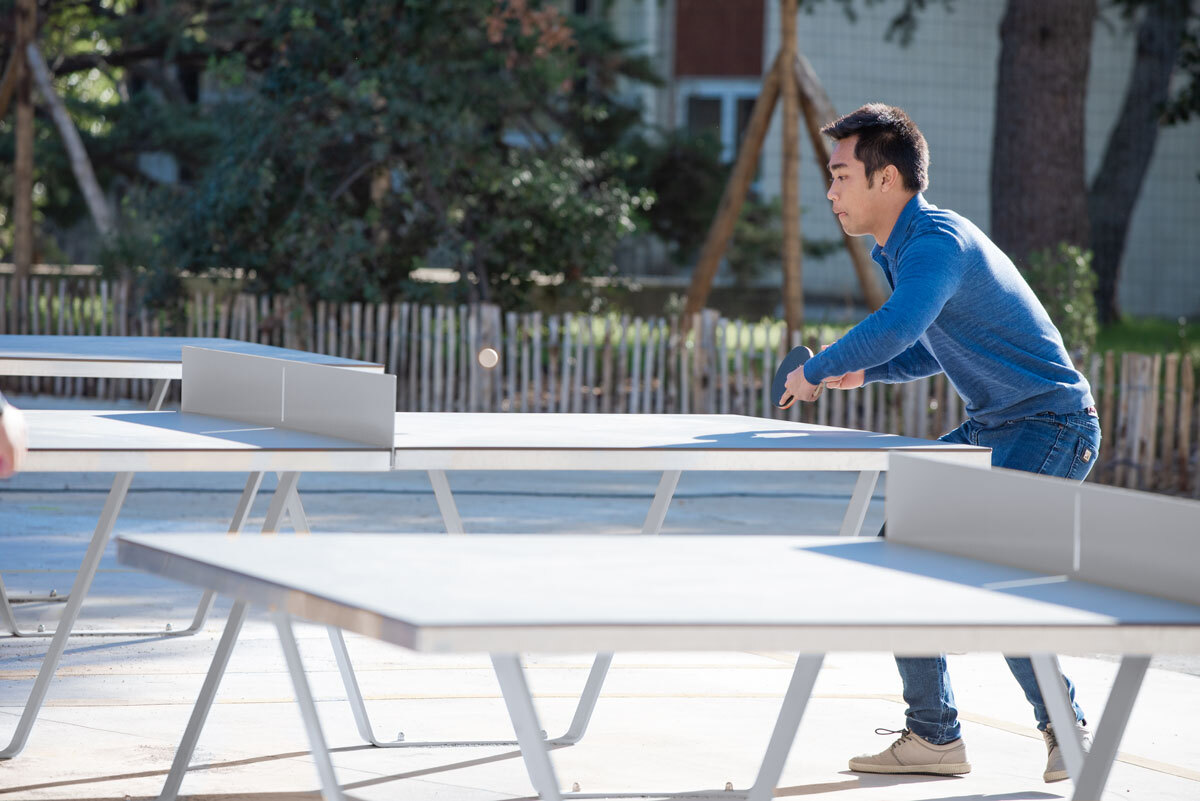


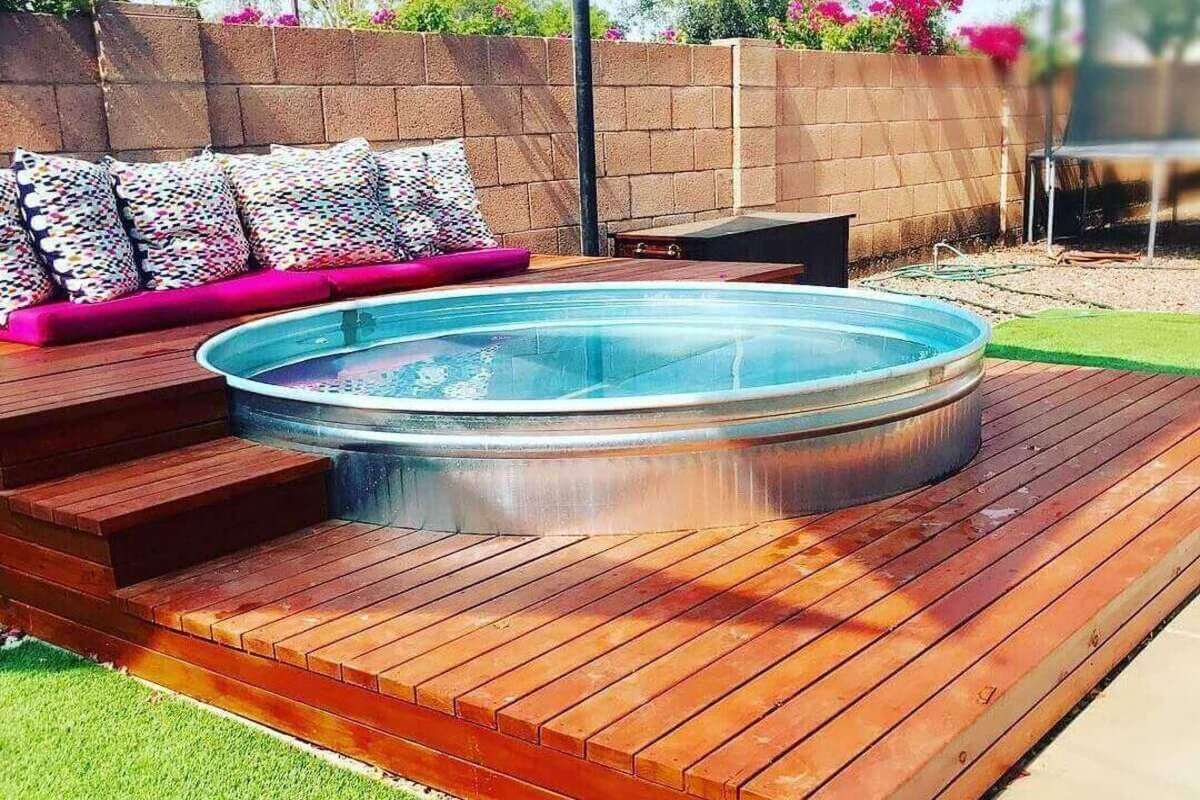

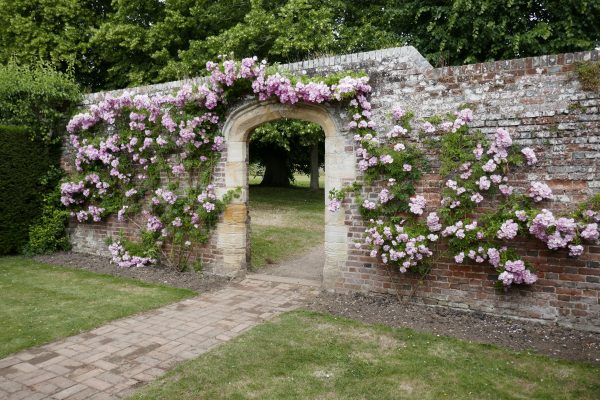
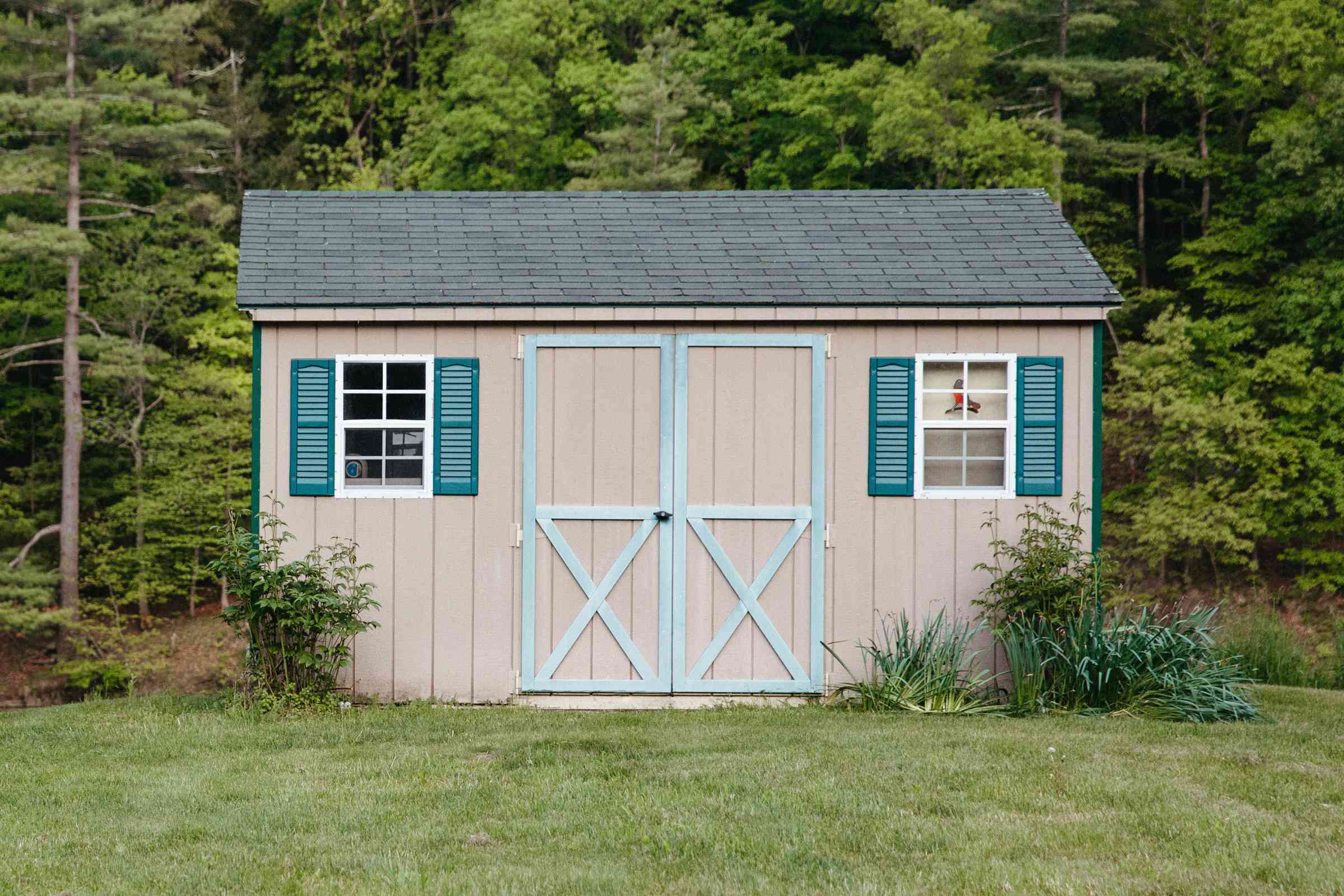


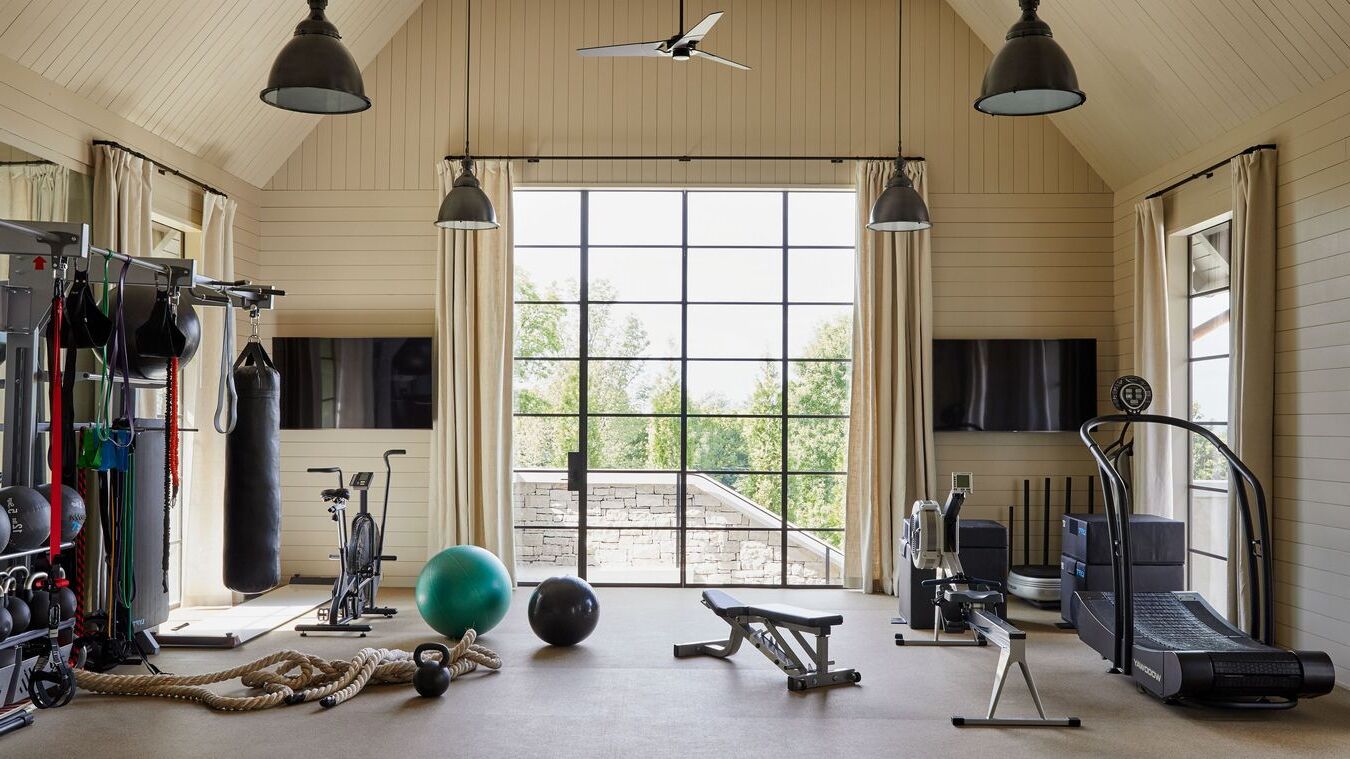




0 thoughts on “Backyard Obstacle Course Design for Family Fitness Fun”